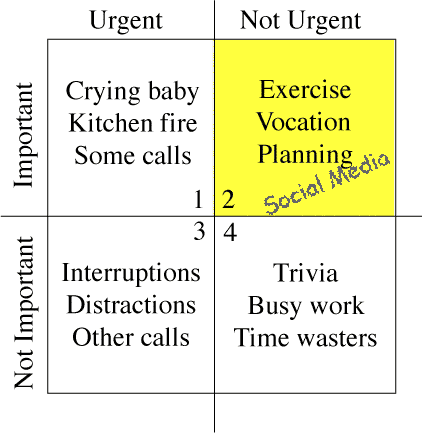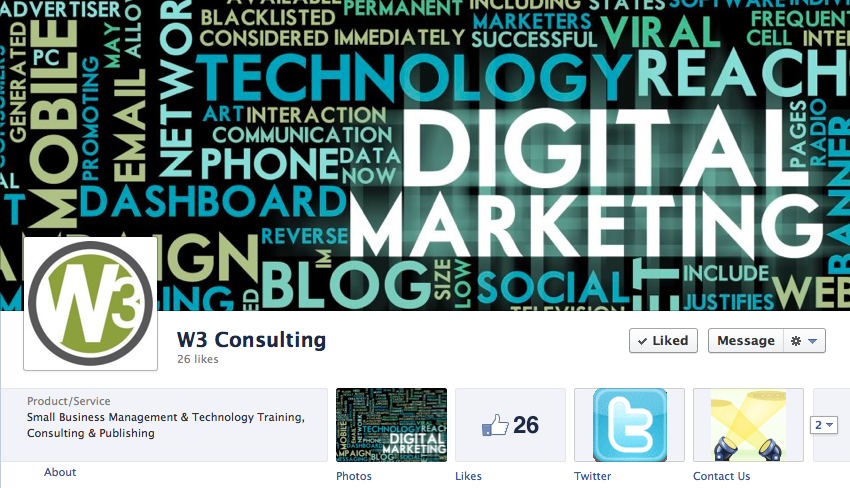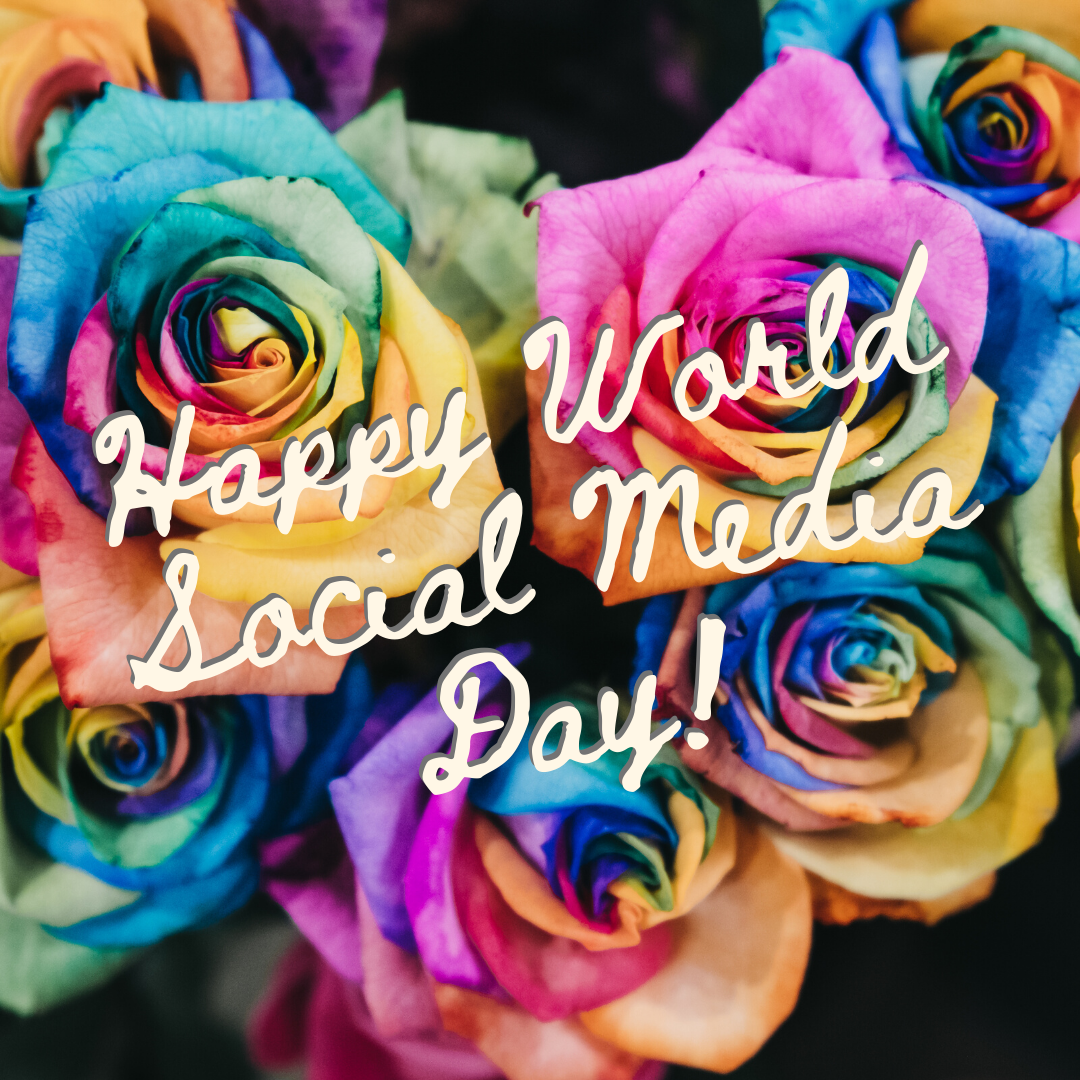Since the early days of social networking services becoming a place for businesses to engage in marketing to past, current and potential customers, there has been a debate over how to respond appropriately to users’ content and comments. That conversation has returned this week thanks to Facebook. Facebook is developing a new option other than the ubiquitous “Like” button for its social networking platform. I want to dispel a few myths on the blogosphere, hypothesize on the new feature from a Small Business context , and offer a few suggestions, so we can avoid the landmines and capitalize as best as we can for profitability with any kind of “Dislike” button Facebook may produce.
To begin with, there will be no “Dislike,” thumbs-down button on Facebook. Founder Mark Zuckerberg has made abundantly clear that increasing negativity so blatantly is not a goal of his or Facebook’s. This would undermine the community and personal relationships openly. As well, it’d fuel the bullying flame that parents, educators, and administrators have attempted to stamp out in schools over the past several years. The change or addition, according to the Facebook CEO during a recent Q&A session at the Menlo Park-based company’s headquarters, to the Like button is supposed to be a mechanism to show empathy when the content of a post isn’t positive.
The best example he gave was a death in one’s family. It’s hardly a moment for a “Like” although that’s your only option other than abstaining or writing an offer of condolences as a comment. So, contrary to what the media is buzzing about, there should be no cause for alarm at the idea; it’s been one of the most highly requested features by Facebook users, and Facebook has shown great control in not entertaining an outright Dislike button.
That takes us to what the button(s) may be at launch. From my perspective, and based on Facebook’s patent filings that TechCrunch reported on last week, the button will likely be a single emoji or options of a few emojis to select from as a reaction to a user’s post. I like the idea I’ve read in several places of Facebook only giving that non-Like button option when a user sets his or her own status to using one of the currently-available negative emoji. This indicates that the user is not looking (unless sarcastically) for Like’s to his or her post. Once the negative context is understood by Facebook, commentators can choose one of the available empathetic emojis. Further, my hope is that the emojis don’t get ridiculously complex or too numerous, or non-empathy emojis (e.g., pizza, shoes, or woman-dancing-the-salsa). If you have too many emojis—more than three in my view—it dilutes the ability to determine which means what and there’s greater opportunity for them to be misinterpreted or used in bad faith. And, what does pizza convey to me if one of my parents’ passes away? Meanness and confusion are two areas Facebook should steer vehemently away from in order to maintain decorum and respect on the network. So, that’s what I know and think about the new empathy options, but why is Facebook doing this?
Well, on its surface, I think this makes a great deal of sense for Facebook to do. Personally, I think it’s a bad idea for its users. Yes, there are negative things happening in the world. Turn on the morning, midday or nightly news and you will be riddled with murder, catastrophe and sadness. These are the exciting news stories that keep viewers fixed to their televisions shocked and awed. I see this new feature likely to be used negatively by users looking to pick a fight, jilted spouses or paramours satisfying a grudge, and others just trying to be funny at the unfortunate expense of others. Perhaps I’m woefully naïve (and I’m not), but I believe that technologists, having so much power in today’s digital world, have a great responsibility to steward technologies (and thus society) in a way that encourages positivity and meritocracy. We shouldn’t be giving an inch to negativity because of its power over our minds and therefore our hearts in even the smallest doses. However, for Facebook, more engagement means greater “stickiness.” Stickiness is the time users spend with each piece of content, which ekes up their time on Facebook. More time on Facebook equates to more time and attention lent to ads, promoted posts, and other pay-to-play features Facebook is implementing on the platform. As well, this is a tremendous amount of new data that Facebook and its corporate marketing partners will love to get their hands on.
If this new not-Dislike button does come to fruition, what’s a Small Business owner to do? To start, you need to really look at your content strategy and see how this will impact your content’s engagement metrics. Also, you need to really contemplate how you will collect and understand this data as your fans start to use it on your own Facebook Page. Now, this is if it’s even available on Facebook Pages, or only available on Facebook Profiles.
One thing I am sure about and that I’ve counseled all my Small Business clients about is, do not use the feature as a business. This is for a couple of reasons:
- you don’t know yet how people will come to like or dislike (pun intended) the new feature;
- unless you really are in a business where showing empathy and invading someone’s personal life makes sense, it’s likely inappropriate for your business (and just plain creepy) to be offering condolences about, say, a family’s loved one passing away; and,
- if you (again) really are in a business where you have that kind of relationship with your customers or clients, you should be writing a comment to show genuine concern or sending a personalized, private message to your customers or clients. If you’ve lost a loved one or something powerful has negatively impacted your life, how dismissed would you feel to get a click-of-a-button response from your favorite business? I thought so.
As I note in my book, SoLoMo Success, the author W. Somerset Maugham eloquently sums up, “people ask you for criticism, but they only want praise.” Public conversations are for positivity, praise, and recognition when it comes to Small Business marketing; for all things negative, publicly acknowledge then privately manage. This Facebook feature is good for marketing data, but not for Small Business use.





Pingback:Facebook Dislike Button Debate Rears Its Ugly Head Again - Loudoun Small Business
Pingback:Facebook Dislike Button Debate Rears Its Ugly Head Again | New York City Small Business